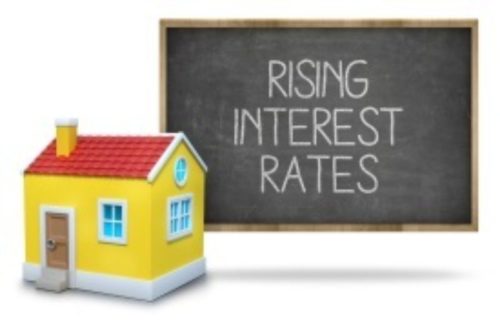This week has seen a predicted Bank of England rise in interest rates, for the first time in ten years. The official bank rate increased from 0.25% to 0.5%, a reverse of the cuts made last year in the wake of the vote to leave the European Union.
Whilst savers will see a modest rise in their returns, almost four million householders will face higher mortgage payments and first time buyers may find another barrier to getting on the first rung of the property ladder, but the increase in funds required should not be so great as to cause too many headaches.
What the interest rate rise means for homeowners
It is estimated that around two million mortgage holders haven’t experienced a rise in their interest rate since taking out their mortgage- until today. Whilst Bank of England Governor Mark Carney expects banks to pass the rate rise onto savers, he has indicated that he does not expect most mortgages, loans or credit cards to be impacted.
Almost half of all UK mortgages are on either a standard variable rate or a tracker rate, which therefore moves with the official bank rate. The average existing homeowner in the UK has a typical mortgage of £175,000, and on one of the most popular mortgage deals this will see an interest rate rise from 2.25% to 2.5%, which equates to an extra £22 on a monthly mortgage payment.
A first time buyer taking out a £100,000 tracker mortgage would today be paying an extra £12 per month with the new interest rates.
How fixed rate mortgages can be affected by the new interest rate
57% of UK mortgage holders are on a fixed rate deal, which of course means they are unaffected by this development, but some may be on short term deals with as little as two years left before the fixed rate period ends. They may now be concerned that a more expensive deal is on the cards when the time comes.
Taking a look at the increase in interest rates, Head of Ison Harrison’s Residential Property department, Jenny Bland, had this to say:
“The new interest rate rise will benefit fixed rate borrowers who fixed their mortgages when rates were at their lowest, plus savers with building societies. We shouldn’t overlook the impact this will have on those looking to get on the property ladder for the first time or those with tracker mortgages. It will also be interesting to see if anyone with a savings account at their bank will benefit from the rate rise.”
Forecasters are expecting as many as two more interest rate increases over the next three years, as the Bank of England to “normalise” their rates after what has been described as the most abnormal decade in its history, factoring in the 2008 recession and the vote to leave the EU. However, few mainstream economists expect the “new normal” rates to be much above 3%.
For more information, please speak to a member of our Residential Conveyancing team.

















